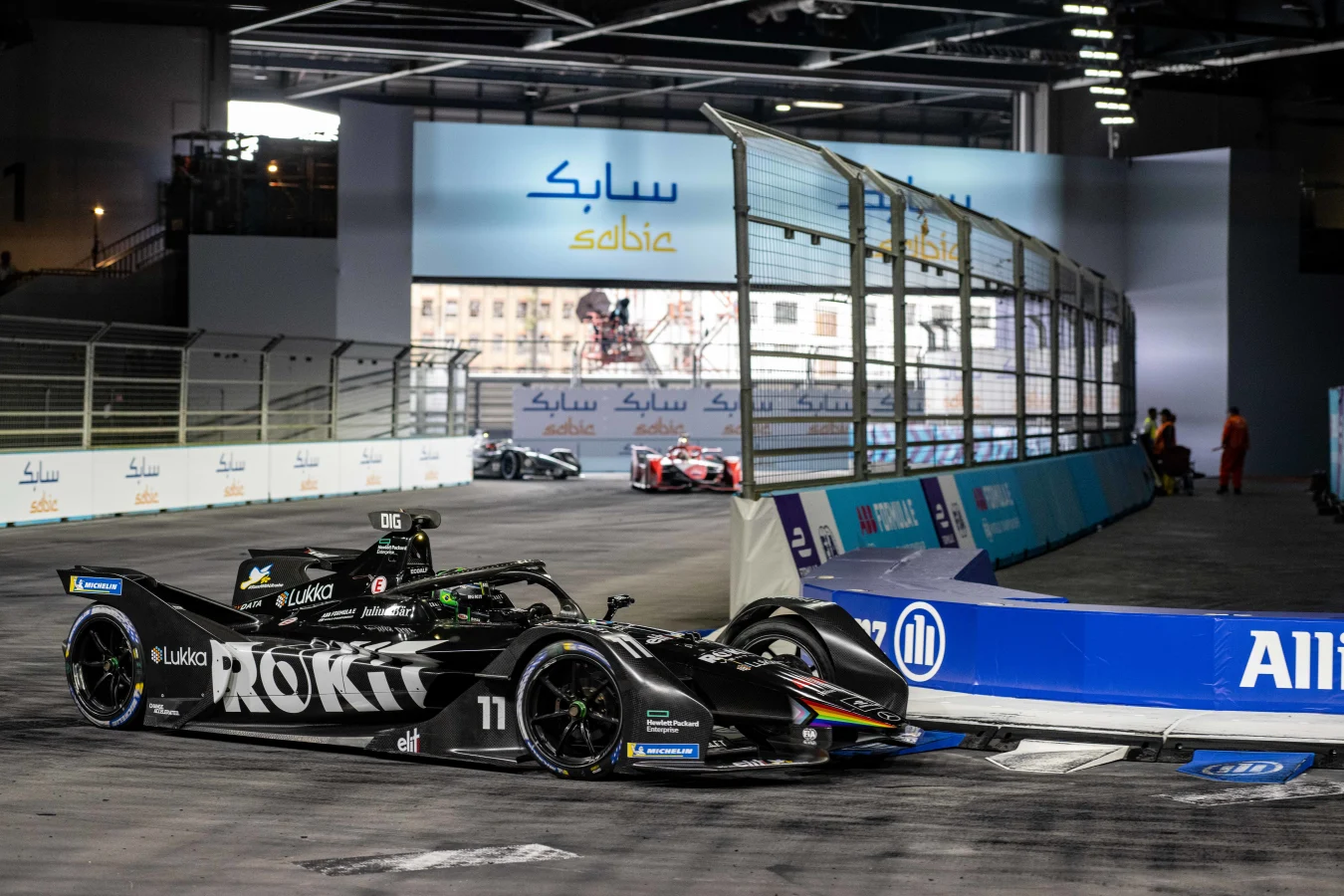When the checkered flag drops Sunday in Seoul, Formula E will have run its 100th race. It’s a far cry from the series’ humble beginnings: a shared idea from Formula E chairman Alejandro Agag and FIA president Jean Todt, jotted down on a napkin in 2011. In three years, a group launched the world’s first all-electric single-seater championship. And the rest, as they say, is history.
“The people that we knew were laughing about the venture,” Formula E co-founder and chief championship officer Alberto Longo said on a call with the media last week. “And now, look how far we’ve come.”
Longo’s assessment is accurate. Formula E has indeed come a long way since Season 1 and that first race at Olympic Park in Beijing. Most notably, the series has become a hotbed for innovation with a number automakers fielding teams. Mahindra has been there from the start, with Audi, BMW, DS, Jaguar, Mercedes, Nissan, Porsche, Renault and others participating along the way. Several teams — like Mahindra, Venturi and Andretti — have also remained active in Formula E since that first season.
“Race 100 is a huge validation of the work people have done,” Longo said. “Everybody was saying we were going to fail.”
With all of that in its past, only one driver is poised to drive in all 100 E-Prix: Season 3 champion Lucas di Grassi. He also won the first-ever race back in 2014, amassing 13 wins and 38 podium finishes since. This weekend in Seoul, he’s on the verge of eclipsing 1,000 career points. So, he knows a thing or two about how far the series has come.

Sebastian Frej/MB Media via Getty Images
“Since Season 1, there have been massive changes,” di Grassi said during a media roundtable. “It has matured and it has moved from being something new and full of doubts to something which has been able to deliver on its promises.” He explained that Formula E is just like any other racing series now when you consider teams that have come and gone, and those that may return.
The Gen2 car debuted in 2018/19 for Season 5 with double the energy storage capacity of Gen1, which meant teams no longer needed to trade out cars during the race — or pit at all for that matter. Of course, the cars are faster, but one car per driver also meant the stakes were that much higher on E-Prix weekends.
“When we went from Gen1 to Gen2, you could actually see that the technology was starting to work,” Longo said. “We moved from having to use two cars to only one car.”
Gen2 also debuted a more “Batmobile-esque” design, with more power and a top speed of 174MPH. One of Formula E’s unique elements, Attack Mode, also arrived with Gen 2, giving drivers a timed power boost. The only catch is they have to leave the main racing line to activate it, which can mean sacrificing position for the extra power.
“The technology is only getting better and the cars are getting faster,” di Grassi explained. “Every month the battery tech, powertrain tech and so on evolves. It’s still in its relative infancy and we’re going to see big leaps still going forward.”
Like every sport in the world, Formula E had to deal with the effects of a global pandemic in 2020. The series had completed just five races by the end of February when everyone, everywhere entered lockdown due to COVID-19. The season was suspended in mid-March. Formula E would emerge that August in Berlin, holding six E-Prix in nine days at the Tempelhof Airport.
“Looking back, those six races in Berlin were really important for us,” Longo said. “During COVID, we managed to mitigate the risk of traveling and finish the season.”
Credit: Source link


Comments are closed.